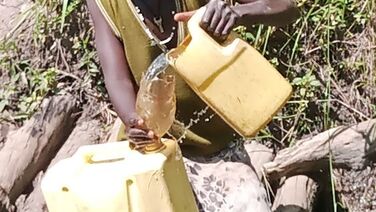
Adye Coorom
Adye Coorom, located in the Lamogi sub-county of Amuru district in Uganda, has a total enrollment of 928 students.

Akanyo- Ocipi
Akanyo- Ocipi, located in the Lakang sub-county of Amuru district in Uganda, has a total enrollment of 460 students.

Buliganwa Primary School
Buliganwa Primary School, located in the Nabitende sub-county of Iganga district in Uganda, has a total enrollment of 447 students, comprising 210 boys and 237 girls.
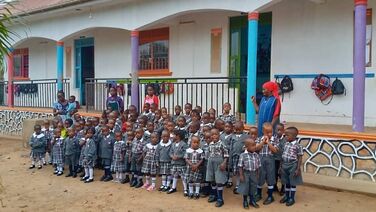
Jenna Junior School Kigoogwa
Serving 224 students in Uganda’s Muyenje community as a private day school for primary and nursery students, Jenna Junior School Kigoogwa currently relies on water from a protected dug well but continually finds its needs unmet.
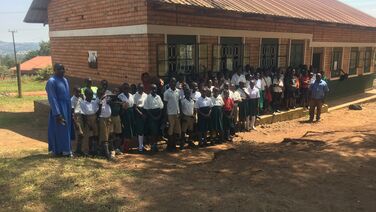
Kassenjje Church of Uganda Primary School
Serving 722 students in Uganda’s Kasengejje community as a government-aided day school for primary and nursery students, Kassenjje Church of Uganda Primary School currently relies on water from a borehole well but continually finds its needs unmet.
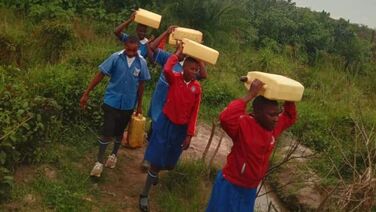
Kirungu Primary School
Kirungu Primary School is in Nakijju Village in the rural district of Gomba, Uganda.
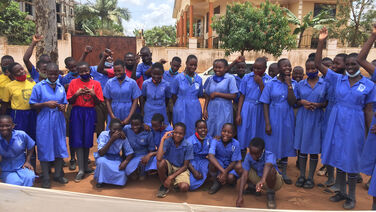
Kiteezi Church of Uganda Primary School
A government-aided primary school in Uganda, Kiteezi Church of Uganda Primary School, has 22 teachers serving 747 students across 7 classrooms.
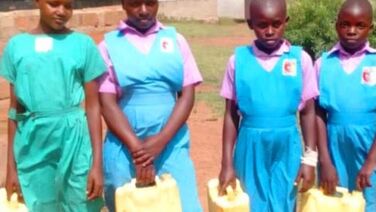
Matongo Primary School
Matongo Primary School is in Kabulosoke B Village in the rural district of Gomba, Uganda.
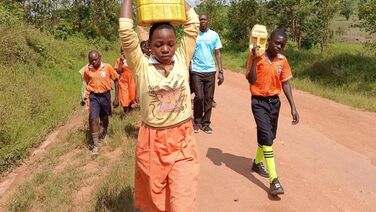
Nakaye Primary School
Nakaye Primary School is in Nayke Village in the rural district of Gomba, Uganda.